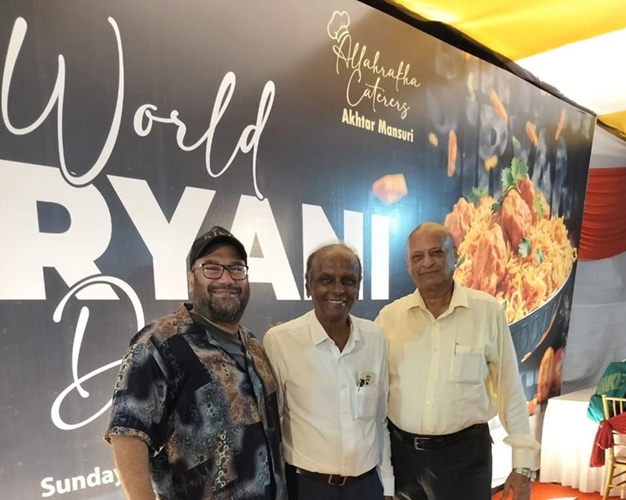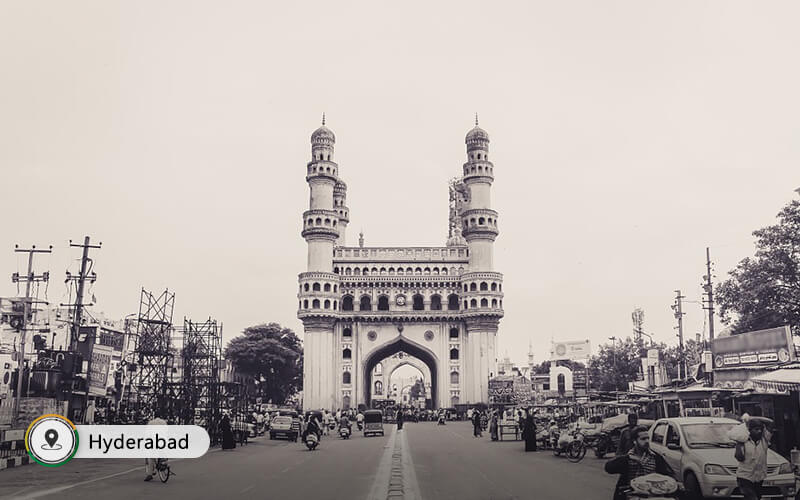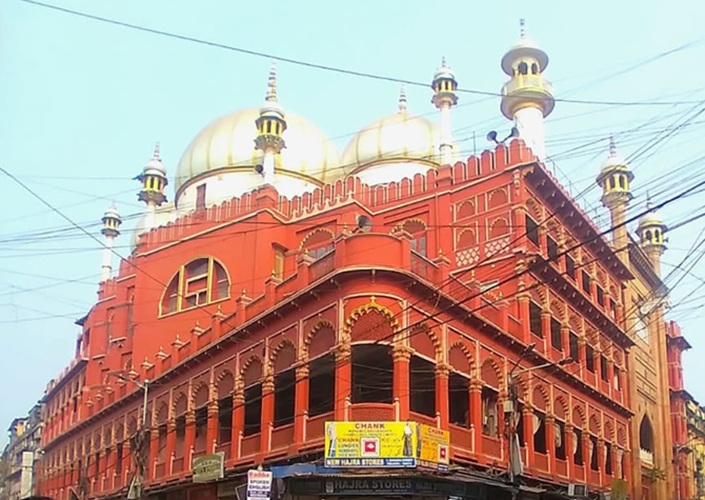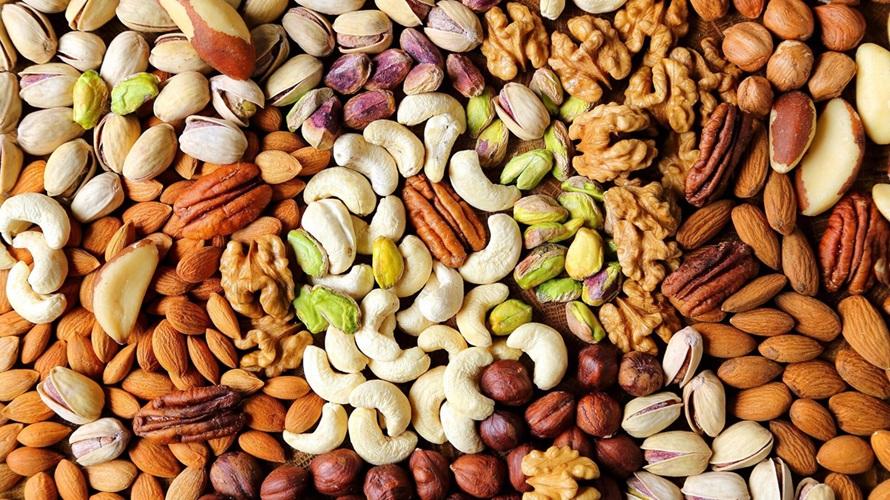Maeeshat News Network | Mumbai
Biryani, a fragrant, layered rice dish interwoven with spiced meat, vegetables, or seafood, is a hallmark of Indian cuisine, embodying the nation’s rich cultural diversity. Its history is as intricate as the dish itself, with regional variations like Hyderabadi, Kolkata, Muradabadi, Awadhi, Lucknowi, Mumbai, and Mughlai biryanis showcasing India’s culinary mosaic.
The etymology of biryani points to Persian roots, derived from birian, meaning “fried before cooking.” It likely arrived in India during the Mughal era (16th to 19th centuries), introduced by Persian traders, travelers, or Mughal emperors who brought their refined culinary traditions. Some scholars, however, propose that biryani evolved indigenously, blending local rice dishes like pulao with Persian influences. The dish may have originated as a practical meal for Mughal armies, combining rice, meat, and spices in large pots for efficient cooking. Over time, it transformed into a symbol of opulence, gracing royal courts with intricate recipes featuring saffron, rose water, and exotic spices.
Biryani’s integration into Indian cuisine mirrors the subcontinent’s history of cultural synthesis. The Mughals, who ruled from the 16th century, played a pivotal role in popularizing biryani, elevating it to a dish of celebration at royal feasts, weddings, and festivals. The Mughal courts in Delhi and Lucknow refined the dish, introducing techniques like dum (slow-cooking in a sealed pot to trap flavors). As Mughal power declined, regional rulers and communities adapted biryani, creating distinct styles. The Nizams of Hyderabad, Nawabs of Awadh, and local chefs across India infused their culinary traditions, resulting in diverse variations.
Biryani’s versatility allowed it to transcend religious and social boundaries. Vegetarian versions emerged in regions with large vegetarian populations, while meat-based biryanis became staples in Muslim households. Today, biryani is a cultural icon, served everywhere from street stalls to fine-dining restaurants, uniting India’s diverse communities through its shared love for this aromatic dish.
Hyderabadi Biryani: The Deccan’s Culinary Crown
Hyderabadi biryani, a legacy of the Nizams of Hyderabad, is renowned for its bold flavors and meticulous preparation. It exists in two forms: kacchi (raw) and pakki (cooked). In kacchi biryani, raw marinated meat (typically mutton or chicken) is layered with partially cooked basmati rice and slow-cooked in a sealed pot using the dum technique, allowing the meat’s juices to infuse the rice. Pakki biryani uses pre-cooked meat. Key ingredients include saffron, yogurt, mint, cilantro, and a spice blend of cardamom, cinnamon, and cloves. Fried onions and ghee add richness.
Served with mirchi ka salan (spicy chili gravy) and raita, Hyderabadi biryani is a sensory delight. Iconic establishments like Paradise in Hyderabad’s Old City have made it a global favorite, drawing food enthusiasts to savor its complex flavors.
Kolkata Biryani: A Delicate Awadhi Legacy
Kolkata biryani traces its roots to the Nawabs of Awadh, who, after their exile to Kolkata in the 19th century, adapted their refined biryani to local tastes. This version is lighter and more aromatic than its Hyderabadi counterpart, emphasizing subtle spices like nutmeg, mace, and rose water. A unique feature is the inclusion of boiled potatoes, a practical addition during times of scarcity that became a beloved hallmark. Hard-boiled eggs often accompany the meat (chicken or mutton).
Prepared with long-grain basmati rice and cooked in dum style, Kolkata biryani is served with rezala, a yogurt-based curry. Eateries like Arsalan and Aminia have made it a festive staple, especially during Eid, reflecting Kolkata’s culinary finesse.
Muradabadi Biryani: The Fiery Gem of Uttar Pradesh
Hailing from Moradabad in Uttar Pradesh, Muradabadi biryani is a lesser-known but vibrant dish known for its simplicity and bold flavors. Typically made with chicken, it stands out for its fiery green chili infusion, giving it a distinctive green hue and spicy kick. Unlike layered biryanis, Muradabadi biryani is often a one-pot dish, with rice and meat cooked together for a rustic appeal.
The spice blend is minimal, featuring cumin, coriander, and garam masala, with yogurt tenderizing the meat. Fresh herbs like cilantro enhance its vibrancy. A street food favorite in northern India, it’s served with a simple onion-cucumber salad and a squeeze of lemon, embodying the region’s bold culinary spirit.
Awadhi and Lucknowi Biryani: The Elegant Twins
Awadhi and Lucknowi biryanis, often used interchangeably, originate from the Nawabi kitchens of Awadh, with Lucknow as its epicenter. These biryanis are celebrated for their subtlety and refinement. Awadhi biryani, the broader style, uses fragrant spices like saffron, kewra, and cardamom, with meat (often mutton) marinated in yogurt and layered with basmati rice in dum style. Lucknowi biryani, a subset, emphasizes delicate aromas and a melt-in-the-mouth texture, with meticulous attention to the rice’s fluffiness.
Both styles incorporate nuts, dried fruits, and ghee for richness, reflecting their royal heritage. Served with galouti kebabs or korma, they remain favorites at Lucknow’s iconic eateries like Tunday Kababi and Idris Biryani, evoking the grandeur of Awadhi cuisine.
Mumbai Biryani: The Coastal Spice Bomb
Mumbai biryani reflects the city’s dynamic, multicultural ethos. Influenced by Konkani and Malvani cuisines, it is bold and spicy, often incorporating coconut, dried red chilies, and tomatoes for a vibrant red hue and tangy flavor. Chicken, mutton, or seafood (like prawns) are common, with the latter reflecting Mumbai’s coastal identity.
Unlike the layered biryanis of Hyderabad or Lucknow, Mumbai biryani prioritizes robust masalas over delicate aromas. It’s a street food staple, served at places like Lucky Restaurant in Bandra or roadside stalls, paired with raita or kachumber salad to balance its heat.
Mughlai Biryani: The Imperial Feast
Mughlai biryani, rooted in the Mughal courts of Delhi and Lucknow, is the epitome of indulgence. Known for its richness, it features luxurious ingredients like saffron, kewra, almonds, and cashews. The meat (mutton or chicken) is marinated in yogurt and spices, layered with basmati rice, and cooked in dum style. Ghee and cream enhance its decadence, while dried fruits add sweetness.
A festive dish, Mughlai biryani is served at weddings and grand celebrations, often with nihari or korma. In Delhi’s Old City, restaurants like Karim’s and Al Jawahar have perfected this style, preserving its royal legacy.
The Cultural Significance of Biryani
Biryani is a culinary bridge across India’s diverse regions, religions, and communities. Each variation tells a story of migration, adaptation, and innovation. From the opulent Mughal courts to the bustling streets of Mumbai, biryani has woven itself into India’s cultural fabric. Vegetarian versions with paneer or jackfruit cater to diverse dietary preferences, while regional ingredients like coconut or dried fruits add local flair.
Biryani’s presence in everyday meals, festivals, and weddings underscores its role as a unifying dish. Its global popularity, from Hyderabad’s Paradise to London’s Michelin-starred restaurants, highlights its timeless appeal.
India’s biryani traditions reflect the nation’s ability to transform external influences into a uniquely Indian culinary art form. From the fiery Muradabadi to the refined Lucknowi, each biryani encapsulates a region’s history, geography, and culture. As biryani evolves with modern twists like vegan versions and global fusions, it remains a dish that celebrates India’s diversity, uniting people through its fragrant, flavorful layers.






0 Comments